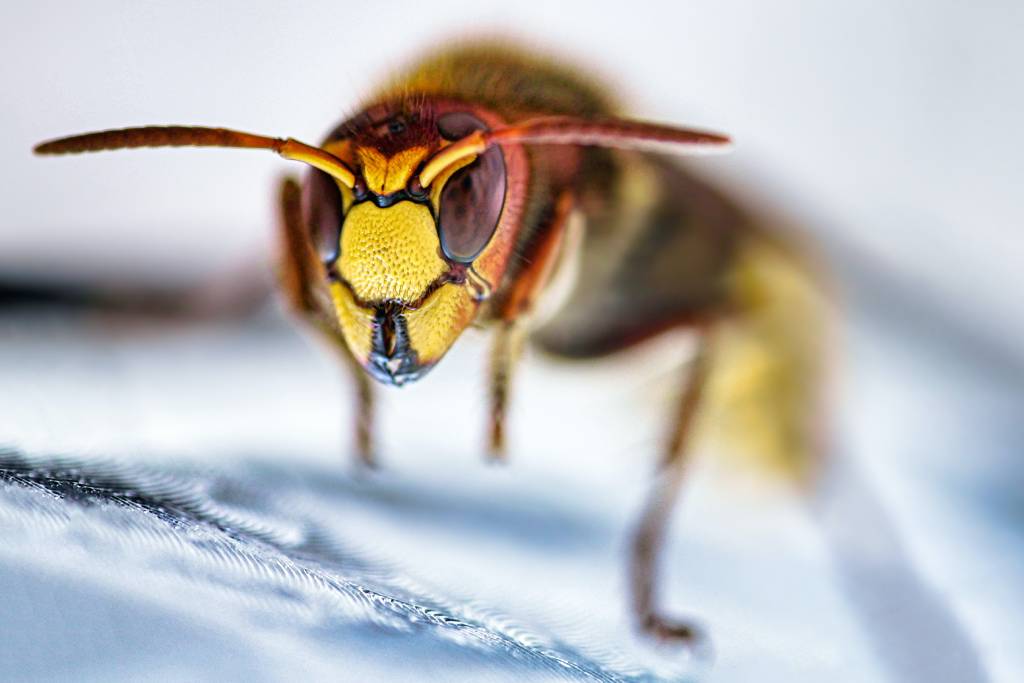Murder Hornets are Back

The murder hornet is back in 2021; during the first few weeks in June, there was the first official sighting of the Asian giant hornet. Going by its infamous nickname, the "murder hornet" was seen in Washington State. Calling these hornets giant, however, is no exaggeration. Queens can grow up to two inches long and have stingers resembling small thumbtacks capable of delivering excruciating stings.
A resident of Marysville, which is located just north of Seattle, discovered the dead hornet's desiccated body on their lawn and reported it to the authorities via an online form on June 4, report Neelam Bohra and Justin Lear for CNN. A few days later, officials collected the insect corpse and confirmed it was indeed an Asian giant hornet. The specimen was a particularly dried-out-looking male with subtly different coloration from the samples collected farther north near the Canadian border in 2020 and 2019.
Because this male hornet found in Marysville had a different coloration from the ones found near Blaine in 2019 and 2020, it probably arrived in North America because of a separate introduction event, Sven Spichiger, an entomologist with Washington State, tells Joe Hernandez of NPR. However, Spichiger adds, "a single dead specimen does not indicate a population."
According to the statement, the new specimen was so dry that researchers suspect it emerged in the summer of 2020 and was not discovered until now. In the report, Osama El-Lissy, of the United States Department of Agriculture's Plant Protection and Quarantine program adds that "the find is perplexing because it is too early for a male to emerge. Last year, the first males emerged in late July, which was earlier than expected."
Following the first U.S. sighting of the giant hornet in late 2019 in the town of Blaine, Washington, officials have been seeking to nip this species' attempt to get a foothold in North America in the bud by locating and destroying nests.
Instead, the vast hornet’s prey on honey bees. Asian giant hornets can slaughter and consume entire hives of honey bees, mainly dealing out death by decapitating the much smaller bees with their sharp jaws. So, the real goal is to stop a voracious predator of our most commercially important pollinator from establishing itself and potentially damaging agricultural productivity.
While this latest confirmed sighting may just be a dried-out holdover from last season’s emergence, Sven Spichiger, an entomologist with Washington State, says in the statement that the new report “continues to underscore how important public reporting is for all suspected invasive species, but especially Asian giant hornet.”
Spichiger adds his team will now set baited hornet traps in Snohomish and King counties to investigate the area further.
Beekeeper Specialist Jul 30, 2021
